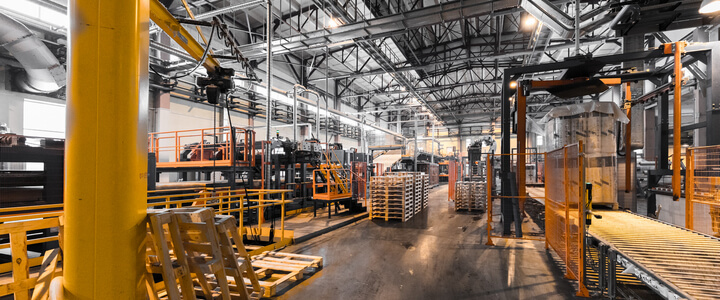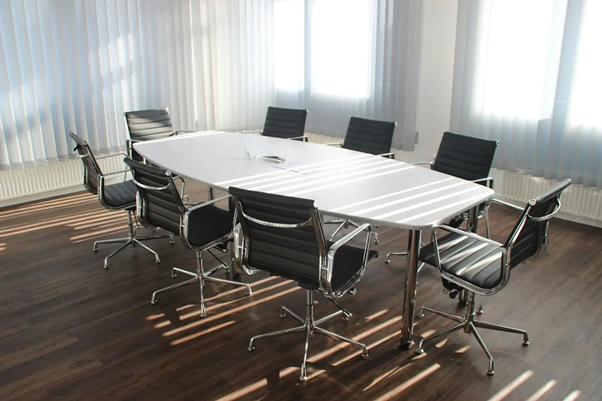Use Simulations to Design Better Material Handling Systems
New material handling systems or upgrades can significantly benefit manufacturers and warehouse operators. However, they can also come with risks. Material handling simulations can help manage these risks. Designers won’t always catch potential real-world issues with a new system during the design process.
These problems may only become apparent after implementation. Material handling simulation lets businesses test a new process or technique in a risk-free environment. Simulation can allow a design team to plan new upgrades in their likely real-world performance with less danger than conventional testing.

How Do Simulations Identify Material Handling Challenges?
The need for efficiency is greater than ever in heavy industry. Changing market conditions, supply chain disruptions and rising customer expectations have put new pressure on manufacturers, warehouses and industrial businesses. Adopting new technology and updating legacy systems is a great way to improve operational efficiency. However, upgrades bring some level of risk. New techniques that work well in theory may function poorly in practice, conflict with other systems or introduce new problems.
For example, they might damage important components in certain operating conditions. Material handling simulation lets businesses more effectively predict how a new system or upgrade will function in practice.
This technology can test system designs in various ways without risk, unlike pilot programs and real-world testing, which may damage important components or machinery. Simulating new systems during the design phase allows a business’s design team to ensure it will stand up to real-world operating conditions and integrate well with existing equipment.
Simulations can also help workers identify performance improvement opportunities, allowing them to create more efficient system designs ahead of implementation. Many simulation tools are built to identify process bottlenecks that can reduce the efficiency of a new material handling system.
These simulations provide the most value during the master planning phase of the design process, when the team is laying down the foundation for the new handling system. Staff can use simulation to validate the concept before proposing the new solution, providing additional assurance to stakeholders that it will perform well.

Material Handling Simulation Strategies and Techniques
Design teams can employ various simulation tools and technologies when they need to test a new system. Designers can use purpose-built material handling simulation tools, including modules created for simulating systems. Some design teams may also want to use tools built for related testing purposes. They might implement logistics simulation tools that can model the number of packages a conveyor belt may need to handle or the impact a more efficient system may have on a business’s overall operations.
A simulation platform may come with modules that simulate individual system components, like conveyor belts and autonomous guided vehicles (AGVs). These modules allow the design team to create a digital model of the proposed system, configure performance with variables like belt acceleration and deceleration, and observe how it may function in practice.
Other system modules may directly streamline the design process. For example, pathfinding modules can help designers identify the fastest paths for an AGV or worker in an existing facility layout. They can help build travel networks and accelerate the design process.
The design team and management can work together to research available simulation solutions and identify the platforms that will provide the ideal modules. Simulation is often as simple as recreating the design in the solution and using its test modules to simulate the design. Designers can then use these results to iterate and improve the system. They can also use the tool to create animations, images and other visuals that may help them communicate their test results to stakeholders outside the design team.
Businesses Can Use Material Handling Simulation to Streamline Upgrades
Integrating a new system always comes with some potential for disruption. Even the best designs may encounter unforeseen roadblocks when translated into real-world strategies.
Designers can use material handling simulations to more effectively anticipate potential challenges and identify opportunities for system improvement. Various simulation tools allow teams to test systems without the risks of real-world tests.
Many of these tools allow designers to quickly create models of common material handling system features, like conveyor belts, and visualize how they’re likely to operate in practice. The right set of tools lets businesses more effectively adopt new material handling systems without the typical hazards that come with upgrading technology or adopting new solutions.















